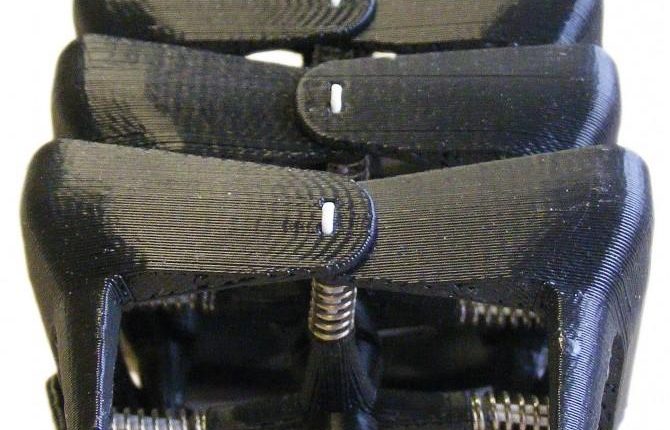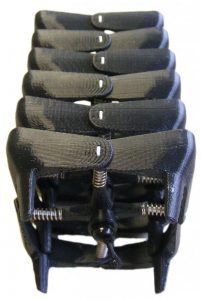
The next time you come across a big robotic tech breakthrough, keep in mind it may have been inspired by a seahorse. What on Earth do seahorses and robots have in common anyway?
Well, Michael M. Porter, an assistant professor of mechanical engineering at Clemson University has discovered that seahorses could have a future impact on future robots, defense systems and even biomendicine. Specifically, Porter focused on a seahorse’s tail due to it’s funky shape.

Seahorse tails comprise and array of square prisms that are surrounded by bony plates connected by joints. Most other creatures, ranging from New World monkeys to rodents, have cylindrical tails.
Researchers wanted to know what kind of impact the seahorse’s square-prism shaped tail gives seahorses (possibly a functional advantage).
The team created a 3D-printed model of a tail that mimicked the square prism of a seahorse tail and a version that was cylindrical like other animals in the wild. Then they hit the models with a rubber mallet and twisted and bent them to see how much they could endure.
Well, was it stronger?
Porter and his team found that the square prototype was stiffer, stronger and more resilient than the circular one when crushed. The square tail was about not as easily twisted, though, a restriction that could prevent damage to the seahorse and give it better control when it grabs things.
Both tail prototypes could bend about 90 degrees, although the cylindrical version was slightly less restricted.
Future Applications
Porter said the seahorse tail could inspire new forms of armor, as well as lead to search-and-rescue robots that move on the ground like snakes and easily fit into tight spaces.
“We haven’t gotten that far with the applications side of things yet, but we see a lot of potential with this device because it’s so unique,” Porter said.
The study’s co-authors are Dominique Adriaens of Ghent University in Belgium; Ross L. Hatton of Oregon State University; and Marc A. Meyers and Joanna McKittrick, both of the University of California, San Diego.
Porter actually began this research while he was Ph.D. student at UC San Diego when he built the models that he used now.
Next steps include building a robot based on the findings.
New technologies, such as 3D printing, allow researchers “to build idealized models of natural systems to better understand their different functions,” said Porter.
Porter discusses his research in the video below.
